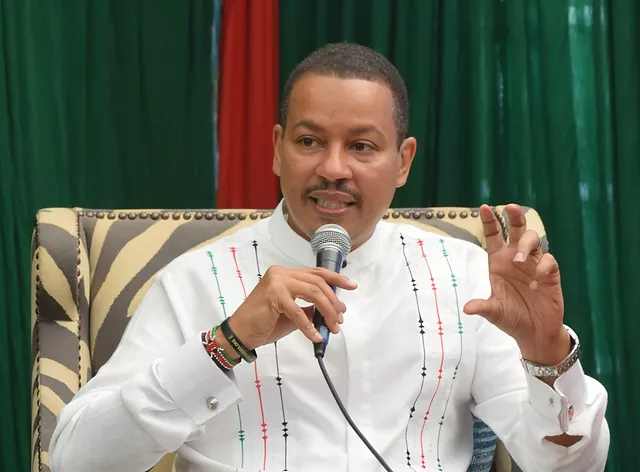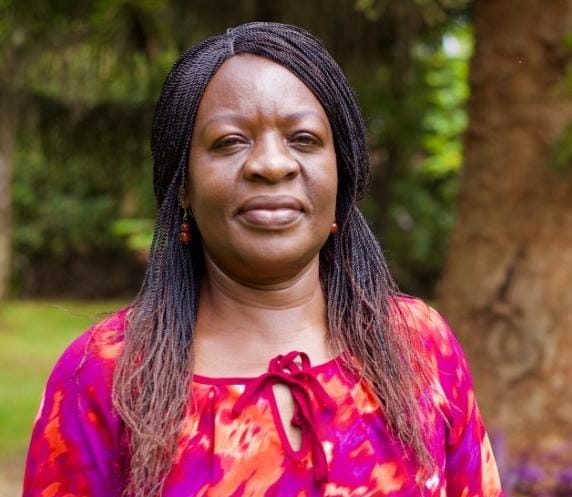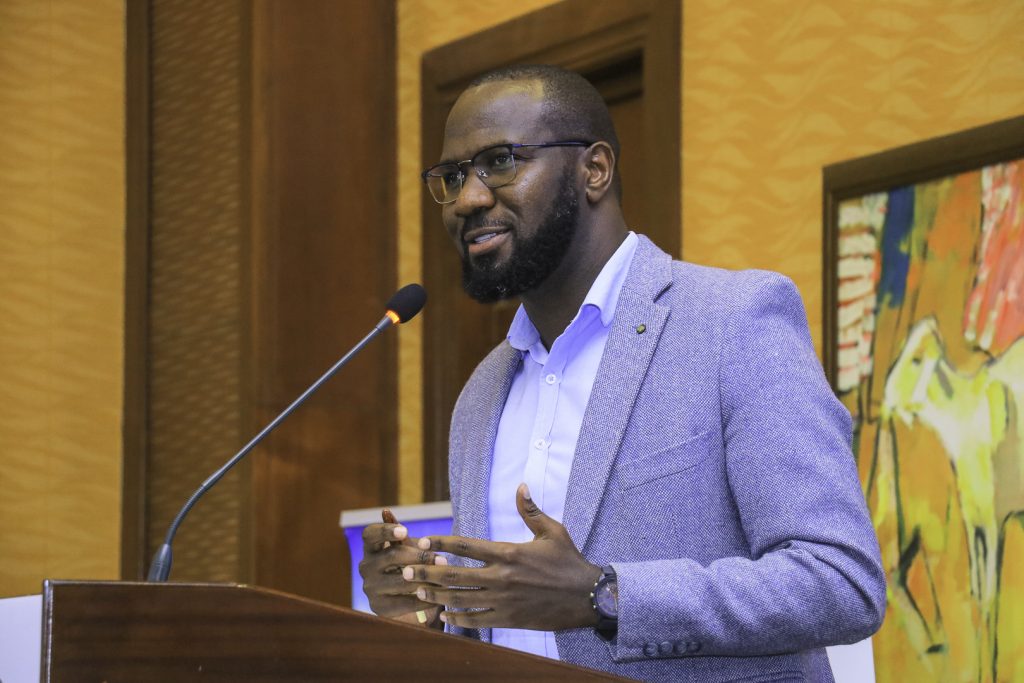By Wahome Ngatia
In a searing new report, Amnesty International exposes a digital nightmare unfolding in Kenya — one where social media has ceased to be a platform for voices of dissent, and instead become a battleground for surveillance, smear campaigns, and state-sponsored harassment.
Titled “This fear, everyone is feeling it”: Tech-facilitated violence against young activists in Kenya, the report lays bare how, from June 2024 to July 2025, government actors and allied networks orchestrated a concerted and chilling campaign to suppress a youth-led movement. The cost was steep: 128 confirmed deaths, over 83 enforced disappearances, and 3,000 arrests, Amnesty’s research estimates.
A Digital War on Gen Z
The so-called “Gen Z protests” erupted in June 2024, sparked by outrage over the Finance Bill and broader frustration with corruption, rising femicide, and economic exclusion. Young people—many under the age of 28—organized across 44 of Kenya’s 47 counties, using platforms like X (formerly Twitter), TikTok, Facebook, and WhatsApp to coordinate and amplify their demands.
What followed, the report argues, was a parallel digital offensive: a network of state-backed trolls, paid to neutralize dissent and elevate pro-government narratives. Agnès Callamard, Secretary General of Amnesty International, described the operation in stark terms:
“Our analysis … clearly demonstrates widespread and coordinated tactics … to silence and suppress protests … through online threats … smearing and targeted disinformation.”
These trolls, according to Amnesty, were not fringe cyber activists but part of a structured network. One man, identified only as “John *”, told Amnesty his team of around 20 people was paid between KSh 25,000 and 50,000 (USD $190–$390) each day to flood the platform with pro-government content.
They invented counter-hashtags in real time—#RutoMustGo was met with #RutoMustGoOn, engineered to confuse and drown out genuine protest sentiment.
Surveillance, Smear & Disappearance
The digital assault, however, was not purely online. Amnesty’s report raises alarming allegations of unlawful surveillance, including the use of mobile-phone data to track protesters’ live locations. The telecom giant Safaricom was implicated: activists believe the company’s infrastructure was used by clandestine police units to identify and abduct protest leaders.
Safaricom, for its part, has denied wrongdoing. In a brief statement, the company said it “only shares customer data through lawful means … our systems are not designed to track the live location of any subscriber.”
It was not just surveillance. Young women and LGBTQ+ activists, Amnesty found, were subjected to misogynistic slurs, doxing, body shaming — and even AI-generated pornographic images designed to humiliate and control them.
One human rights defender quoted in the report, “Sarah *”, spoke of the weight:
“We are being forced to shut up, it’s an attack on our voice, on our bodies.”
Another victim, journalist Hanifa Adan, described how online hate chipped away at her very sense of self:
“Having strangers say things about you every single day … being targeted every single day, it’s hard. It took away the spark, the joy. It took away who I was.”
The Human Toll
According to Amnesty, the crackdown translated into far more than online harassment: 128 people died, more than 3,000 were arbitrarily arrested, and at least 83 vanished without a trace.
Irungu Houghton, Executive Director of Amnesty Kenya, did not mince words:
“Massive intrusion of surveillance has taken place over the last one year … many of the cases we have discussed are related to serious crimes related to deaths, enforced disappearance.”
Victor Odede, Amnesty’s Head of Programmes, added that these digital tactics weren’t simply rhetorical attacks — they became “core state tools … later used to justify arrests, enforced disappearances and killings.”
Turning Algorithms Into Armies
The report frames the campaign as a chilling example of algorithm warfare: pro-government actors manipulated trending systems on X, flooding it with duplicate messages, hijacking content algorithms, and drowning real protest voices.
What makes it worse, Amnesty argues, is that platforms themselves failed to stop it. The social media company X (formerly Twitter) did not adequately enforce its own policies against coordinated harassment and disinformation.
In this digital war, the infrastructure that once offered a space for dissidents became a battleground. Surveillance and networked repression were not just tools of policing — they were devices of psychological warfare, designed to terrify, isolate, and erase.
State and Corporate Denial
The Kenyan government has rejected the report’s claims. Interior Cabinet Secretary said, “The Government of Kenya does not sanction harassment, or violence against any citizen … any officer implicated … bears individual responsibility … subject to investigation.”
Safaricom, too, denied Amnesty’s allegations of complicity in surveillance. But for many young Kenyans, the report confirms something they had long suspected: that their digital footprints were being weaponised against them.
The Stakes: Fear, Truth and Accountability
At its core, the Amnesty report reveals more than a campaign of harassment: it shows a deeply strategic repression — one that marries old-school brute force with high-precision digital tactics.
Amnesty calls for urgent accountability. The government must launch formal, transparent investigations into enforced disappearances, unlawful killings, and digital surveillance. Families of victims must be compensated; platforms must be held accountable; and the right to dissent — online and offline — must be defended.
For Kenya’s young activists, the message is both urgent and unambiguous: they are caught in a system that monitors their phones, floods their feeds, and threatens their lives. But for society at large, the report is a warning: when the state weaponises our data and our platforms, democracy itself is at risk.










